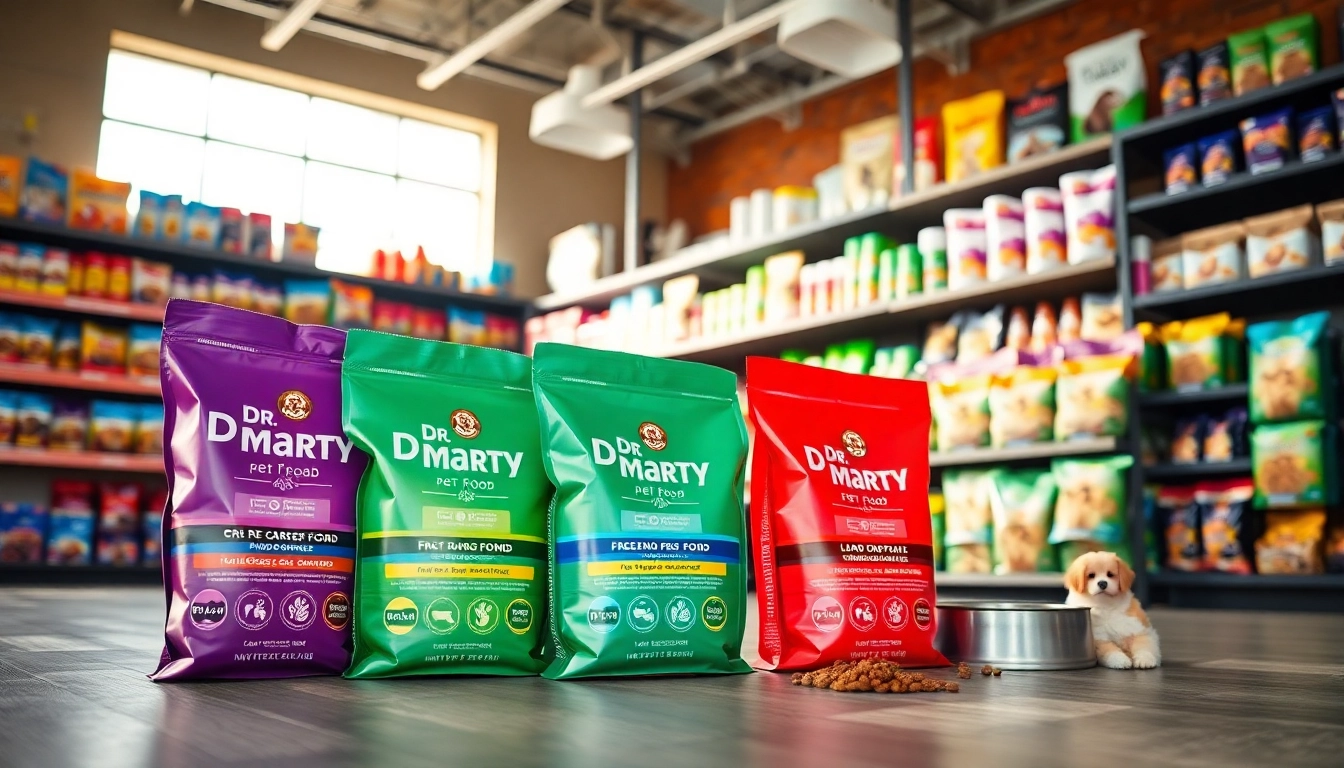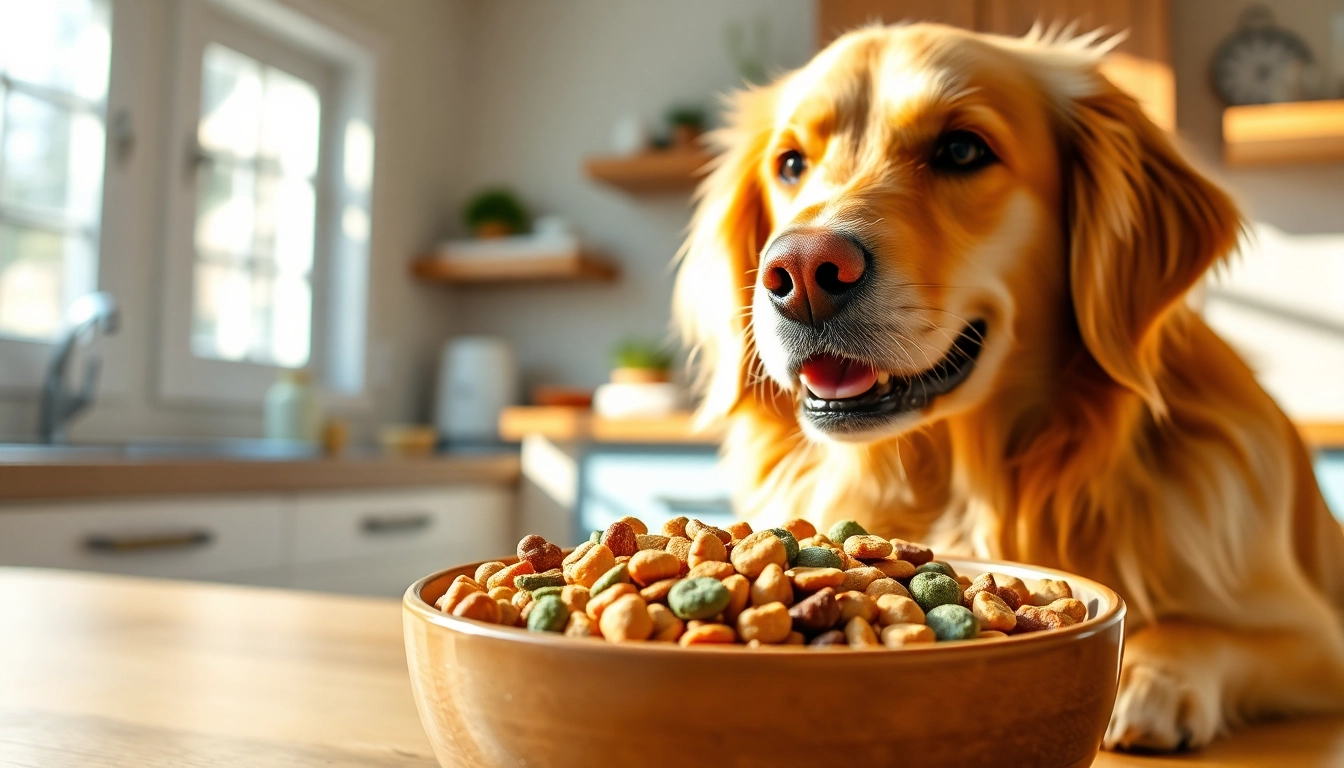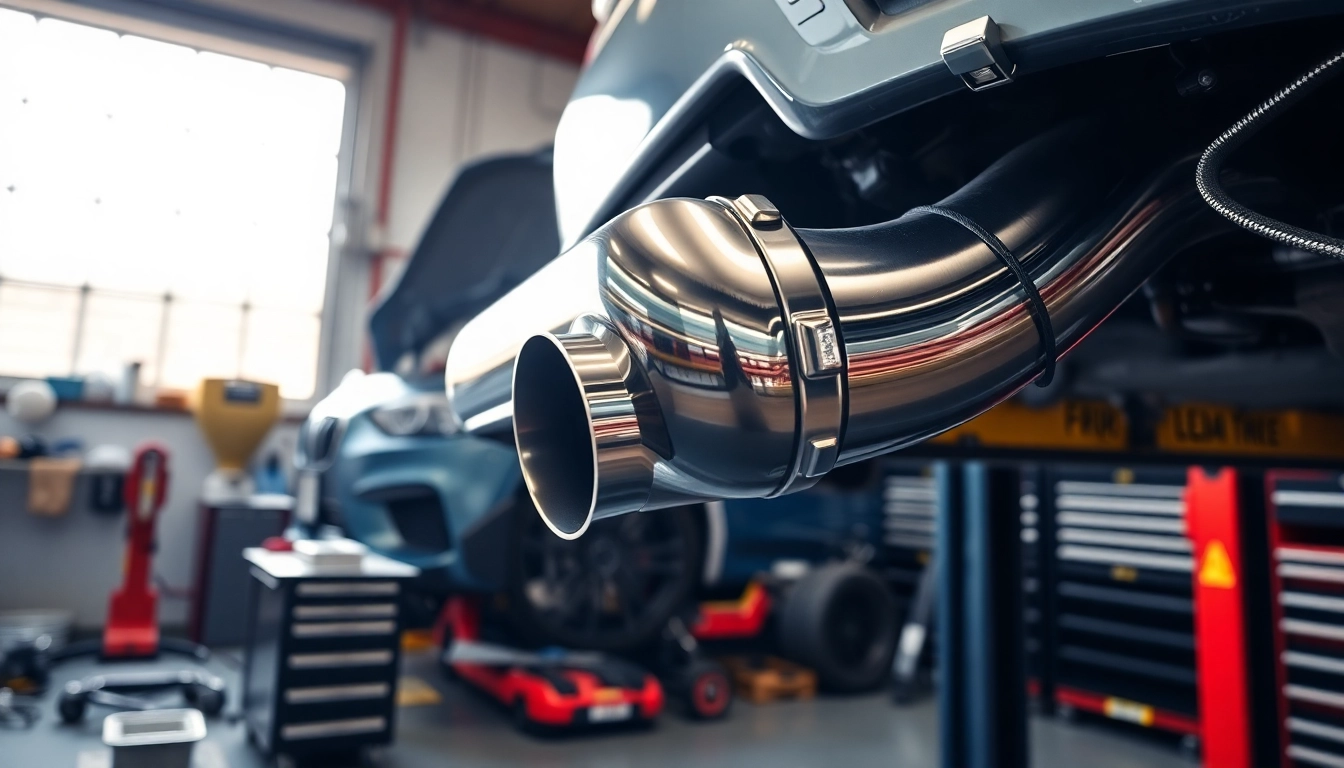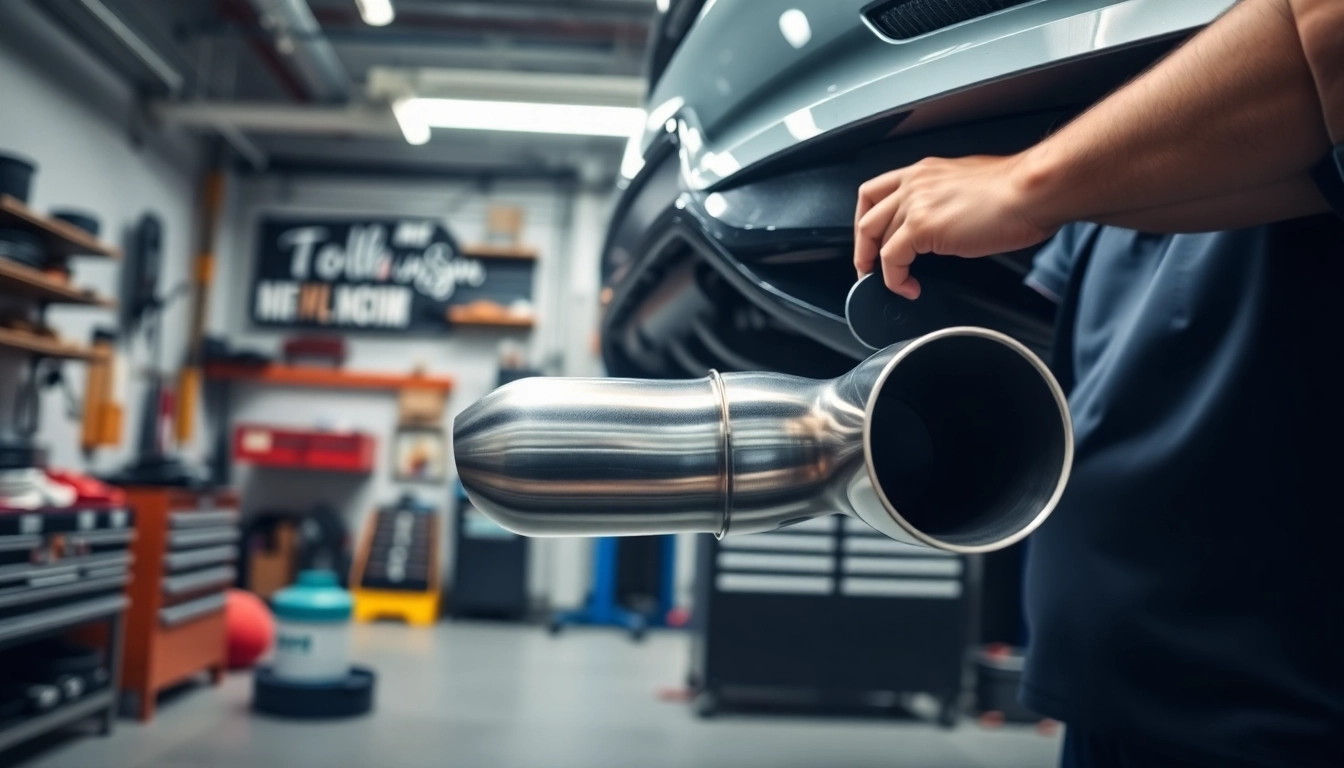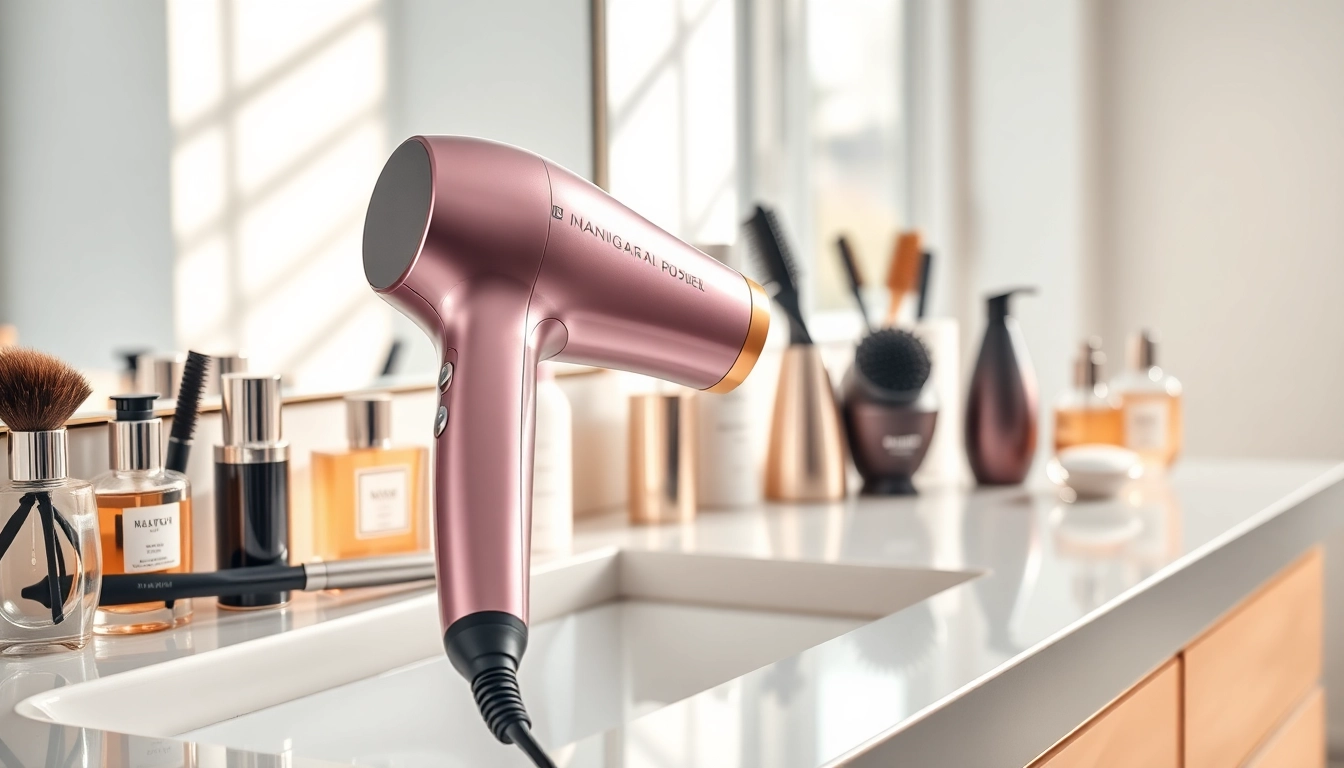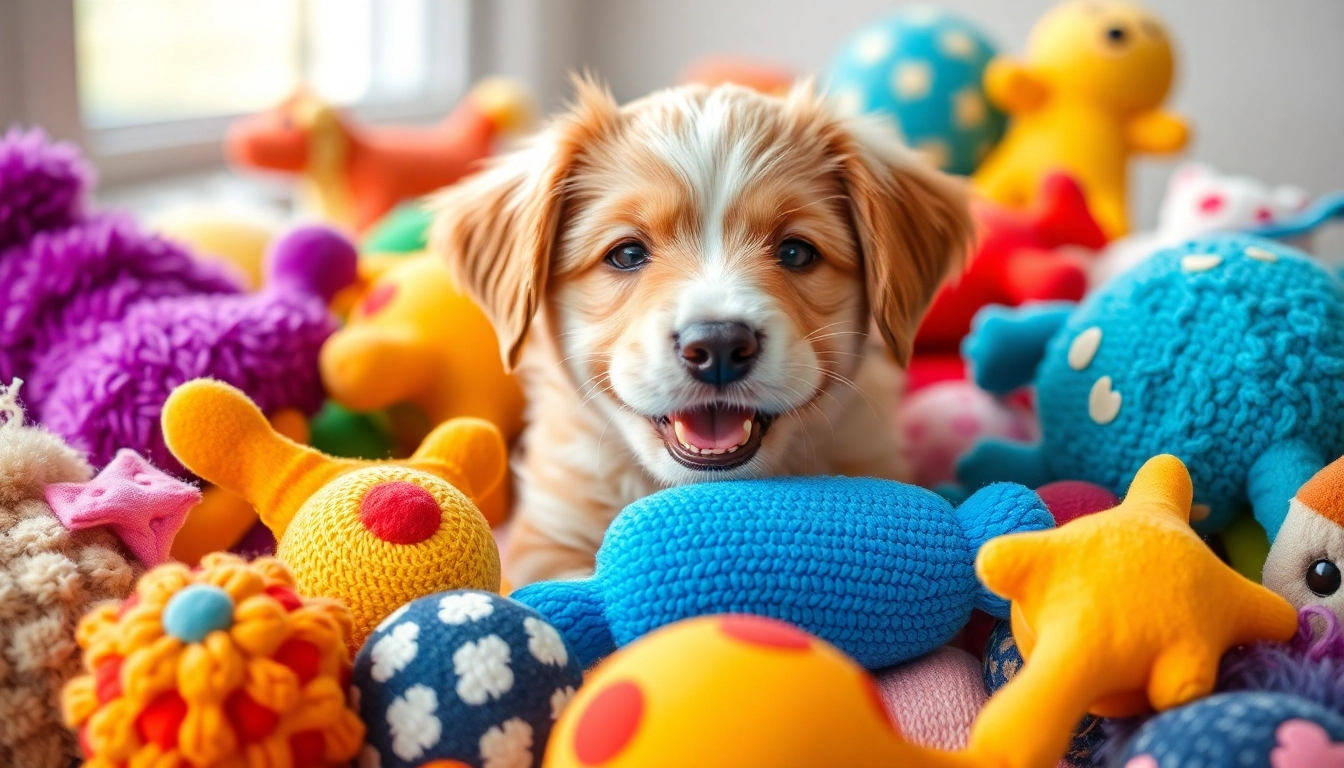
Understanding the Importance of Pet Toys
Pet toys play a vital role in the lives of our furry friends, offering benefits that extend well beyond mere entertainment. These tools for play stimulate mental engagement and physical activity, providing necessary outlets for energy while fostering healthy development. In addition, quality pet toys can strengthen the bond between pets and their owners, making playtime an integral part of a pet’s overall well-being.
The Benefits of Play for Pets
Play is not just fun; it’s foundational for the emotional, physical, and cognitive growth of pets. Here are some key benefits of introducing toys into your pet’s daily routine:
- Physical Exercise: Regular play helps pets maintain a healthy weight and reduces the risk of obesity-related diseases.
- Mental Stimulation: Toys, especially those designed for puzzle solving, engage your pet’s mind, which is essential for cognitive function.
- Stress Relief: Playing allows pets to release pent-up energy and reduces anxiety, creating a calmer home environment.
- Social Interaction: Toys encourage interaction between pets and owners, strengthening their bond.
Types of Pet Toys Available
With a myriad of options on the market, choosing the right toys can be overwhelming. Common categories include:
- Chew Toys: Ideal for aggressive chewers, these toys also help maintain dental health.
- Interactive Toys: Designed to stimulate your pet mentally and physically, such toys often involve puzzles or are filled with treats.
- Fetch Toys: Perfect for active pets, these toys make playtime outdoors enjoyable and engaging.
- Plush Toys: Soft toys can provide comfort and are especially appealing to puppies and older pets.
Popular Categories of Pet Toys
Interactive Pet Toys for Mental Stimulation
Interactive toys are essential for keeping pets mentally stimulated. These toys often require problem-solving skills and can include treats, encouraging pets to think critically about how to access rewards. Some popular types include:
- Puzzle Feeders: These slow down eating and encourage healthy eating habits.
- Treat-Dispensing Balls: Rolling an object to reveal hidden treats keeps pets engaged during solo play.
- Laser Toys: Using lights to stimulate chasing instincts, laser toys ensure that pets stay active with minimal effort from their owners.
Durable Chew Toys for Aggressive Chewers
Aggressive chewers require durable toys that can withstand their playful destruction. Chew toys made from tough materials, such as rubber or nylon, are often the best choice. Look for toys specifically labeled as “indestructible” or “heavy-duty.” Some recommended brands include:
- KONG: Known for their rubber toys that can withstand heavy chewing and can also be stuffed with treats.
- Goughnuts: Engineered for toughness, these chew toys have a safety indicator to warn owners if the toy is damaged.
- Bristle Bones: Ideal for cleaning teeth and gums while satisfying the chewing instinct.
Health Benefits of Active Play with Toys
Active play via toys can lead to significant health benefits, including:
- Improved Cardiovascular Health: Regular exercise helps maintain healthy heart function in pets.
- Stronger Muscles and Bones: Physical activity contributes to muscle growth and bone density, essential for a pet’s overall strength.
- Better Behavioral Traits: Active pets tend to exhibit fewer behavioral issues, as playtime helps channel energy positively.
How to Select Safe and Non-Toxic Pet Toys
While the variety of pet toys available today is extensive, ensuring their safety is crucial. Selecting safe and non-toxic toys can protect pets from potential harm. Here’s what to consider:
Recognizing Potential Hazards in Pet Toys
Not all toys are created equal; some can pose risks to your pet’s health. Common hazards include:
- Small Parts: Toys with detachable pieces can become choking hazards.
- Inedible Materials: Ensure toys are made from non-toxic materials, as pets may ingest parts of the toy.
- Sharp Edges or Points: These can lead to cuts or injuries, particularly in softer and more playful pets.
Material Considerations for Pet Safety
When examining the materials of any pet toy, consider the following:
- Certified Non-Toxic: Look for toys that are certified safe for pets.
- Durability: Opt for materials that can withstand wear and tear without breaking down into smaller pieces.
- Easy to Clean: Washable toys are preferable to maintain hygiene.
Labeling and Certifications to Look For
You should always check labels for safety certifications. Here are some crucial items to look for:
- ASTM (American Society for Testing and Materials): Indicates that the toy has passed specific safety standards.
- APPA (American Pet Products Association): Look for their seal indicating pet-friendly practices in manufacturing.
- Non-Toxic Labels: Follows the guidelines of organizations such as the FDA or similar regulatory bodies for pet safety.
DIY Pet Toys: Fun and Cost-Effective Innovations
For pet owners looking to save money or craft personalized toys, making DIY pet toys can be a rewarding alternative. These creations can also stimulate creativity and resourcefulness in engaging with pets. Here are some ideas to consider:
Creative Ways to Repurpose Household Items
Many household items can be transformed into engaging toys for pets. Here are some suggestions:
- Old Socks: Simply fill an old sock with a tennis ball or crumpled paper for a plush tug toy.
- Cardboard Boxes: Cats love exploring cardboard, entertainment can come in the form of a DIY cat castle.
- Plastic Bottles: Insert a few treats inside a clean bottle for dogs to roll around and retrieve.
Easy Step-by-Step Instructions for Homemade Toys
Making your own pet toys requires minimal tools and skills:
- Cut and Tie Rope Toys: Take several strips of fabric, braid them together, and tie knots at both ends to form a tug-friendly rope.
- DIY Snuffle Mat: Attach fabric strips to a rubber mat for a fun hide-and-seek treat game to engage your pet’s natural foraging instinct.
- Stuffed Toys: Sew or glue fabric together, leaving a small opening to insert soft materials, then seal it up once filled.
The Pros and Cons of DIY Pet Toys
While creating homemade toys offers numerous benefits, there are some trade-offs to consider:
- Pros:
- Cost-effective—using materials you already have.
- Customizable based on your pet’s preferences and size.
- Fosters a stronger bond through personalization.
- Cons:
- Risk of using unsafe materials if not adequately researched.
- Time-consuming compared to buying ready-made toys.
- Durability might not match that of commercial options.
Where to Buy the Best Pet Toys
When it comes to purchasing pet toys, both online retailers and local stores have their advantages. Here’s a breakdown of where you can find quality options:
Top Online Retailers for Pet Toys
Online shopping offers convenience and often a wider selection. Here are some renowned retailers:
- Chewy: They offer a vast selection and competitive prices, often with free shipping on purchases over a specific amount.
- Amazon: With user reviews and competitive pricing, you can find virtually any type of pet toy here.
- PetSmart: Known for their extensive physical presence, they also provide an online shopping platform where you can browse countless pet toys.
Local Pet Stores: What to Expect
Visiting local pet stores can provide personal interaction and immediate availability. Benefits include:
- Expertise from staff who can recommend toys based on your pet’s needs.
- The ability to see and touch products before purchase, evaluating quality more directly.
- Local businesses often offer unique, artisanal options that aren’t available elsewhere.
Evaluating Brands and Customer Reviews
Before making a purchase, always evaluate brands and read customer reviews. Look for:
- Brand Reputation: Established brands often have a proven track record for quality and safety.
- Customer Ratings: High ratings and positive reviews can indicate satisfaction.
- Allergies or Special Needs: Check if the toy is suitable for your pet’s specific needs as some pets may require hypoallergenic options.
